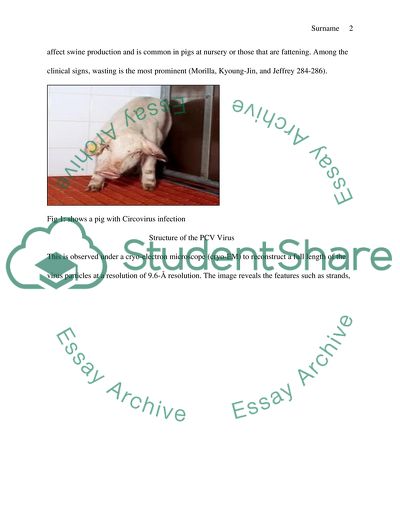Cite this document
(Mechanism Cellular Recognition and Entry by Porcine Circovirus Report, n.d.)
Mechanism Cellular Recognition and Entry by Porcine Circovirus Report. https://studentshare.org/biology/1830303-mechanism-cellular-recognition-and-entry-by-poreine-circovirus
Mechanism Cellular Recognition and Entry by Porcine Circovirus Report. https://studentshare.org/biology/1830303-mechanism-cellular-recognition-and-entry-by-poreine-circovirus
(Mechanism Cellular Recognition and Entry by Porcine Circovirus Report)
Mechanism Cellular Recognition and Entry by Porcine Circovirus Report. https://studentshare.org/biology/1830303-mechanism-cellular-recognition-and-entry-by-poreine-circovirus.
Mechanism Cellular Recognition and Entry by Porcine Circovirus Report. https://studentshare.org/biology/1830303-mechanism-cellular-recognition-and-entry-by-poreine-circovirus.
“Mechanism Cellular Recognition and Entry by Porcine Circovirus Report”. https://studentshare.org/biology/1830303-mechanism-cellular-recognition-and-entry-by-poreine-circovirus.


